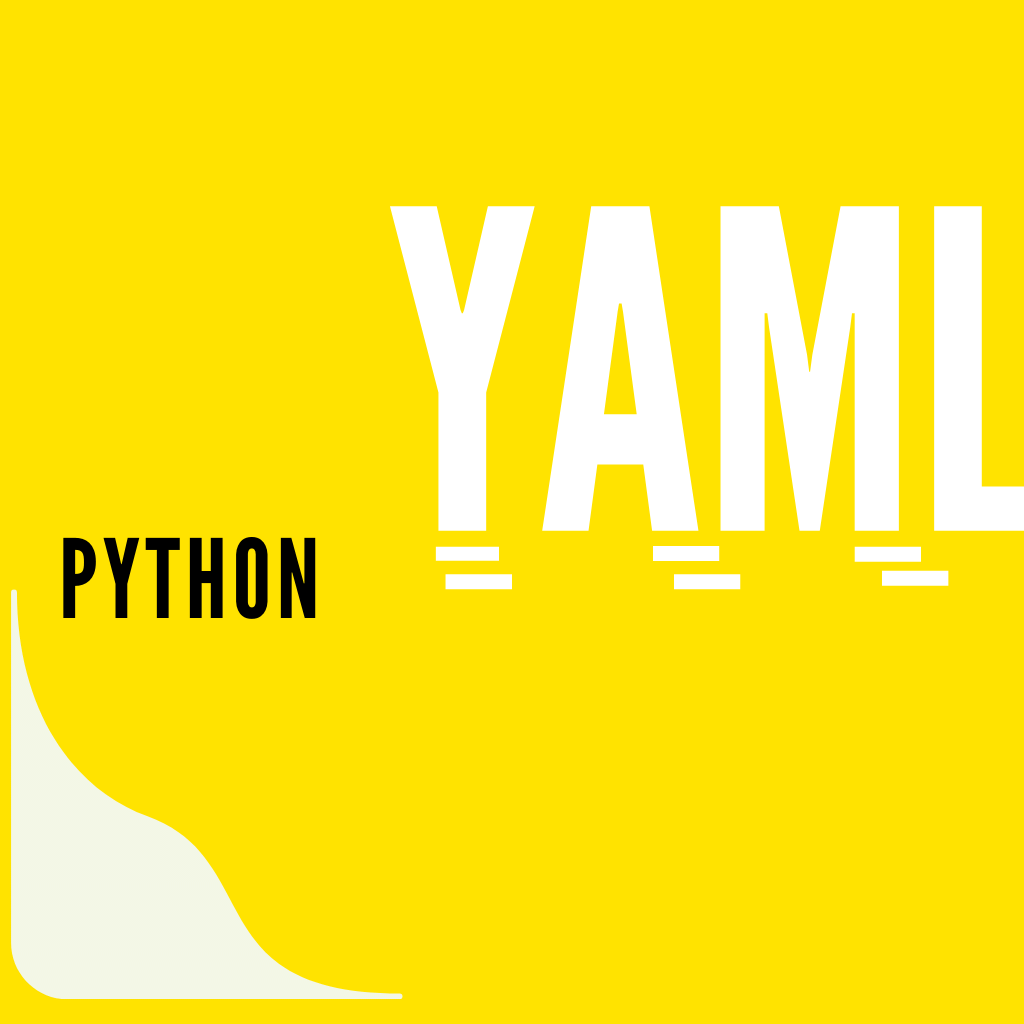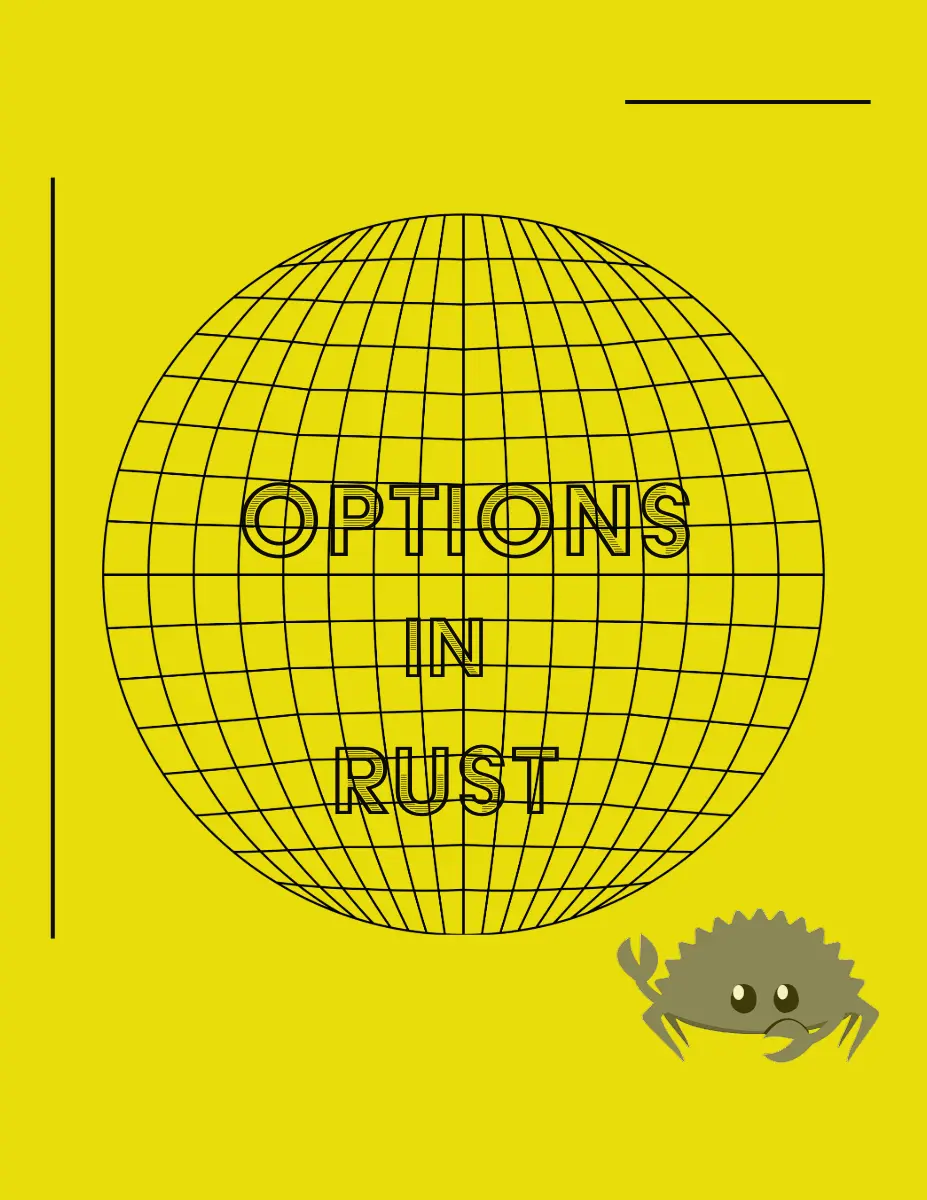-
Understanding Breadth First Search in Rust: A Complete Guide.
Introduction Breadth First Search is a fundamental tree traversal algorithm that visits all nodes at the current depth before moving to nodes at the next depth level. In…
-
Go Variables
In Go, variables act as containers to store data, and they can be declared in two main ways. The traditional method uses the var keyword, specifying both the…
-
Data Types in GO
In this blog, we dive into the core data types in Go, covering everything from integers, floats, and booleans to more advanced composite types like slices and maps.…
-
Install GO in Linux
Learn how to install Golang system-wide on your Linux machine by following this step-by-step guide. From downloading the latest Go release to configuring your system’s environment variables in…
-
What is a RAG pipeline ?
RAG pipelines are a revolutionary NLP technique that combines the power of Large Language Models (LLMs) with external knowledge sources. This allows LLMs to access and utilize real-world…
-
Handling Errors in RUST using Result
The Result enum in Rust is used to handle operations that may produce an error. It represents the possibility of either success (Ok) or failure (Err) and allows…
-
How to use Options in RUST
Unlike in other languages where there is a null or None type to represent no data. In Rust we can use Option enum when there is a possibility…
-
ENUMS in RUST Programming
Enum is a symbolic name for a set of values. Enums are treated as data types, and you can use them to create sets of constants for use…
- Conditional Statements
- configuration file
- ENUMS in RUST
- Face and smile detection
- GO Programming
- Linear Regressions
- Logistic Regression
- Loops in Python
- Machine learning
- Python Basics
- Python Comprehension
- Python Docstrings and Annotations
- Python Functions
- RAG
- RUST Programming
- RUST Tutorials
- Scope of variables in python
- setup
- Types in RUST
- Viola Jones Algorithm
- Yaml File Recipe
Explore more…
-

-

-
Viola Jones Algorithm (Face and smile detection 2022)
Table of Contents Have you ever wondered about how the square…
-

Understanding Breadth First Search in Rust: A Complete Guide.
Introduction Breadth First Search is a fundamental tree traversal algorithm that…





